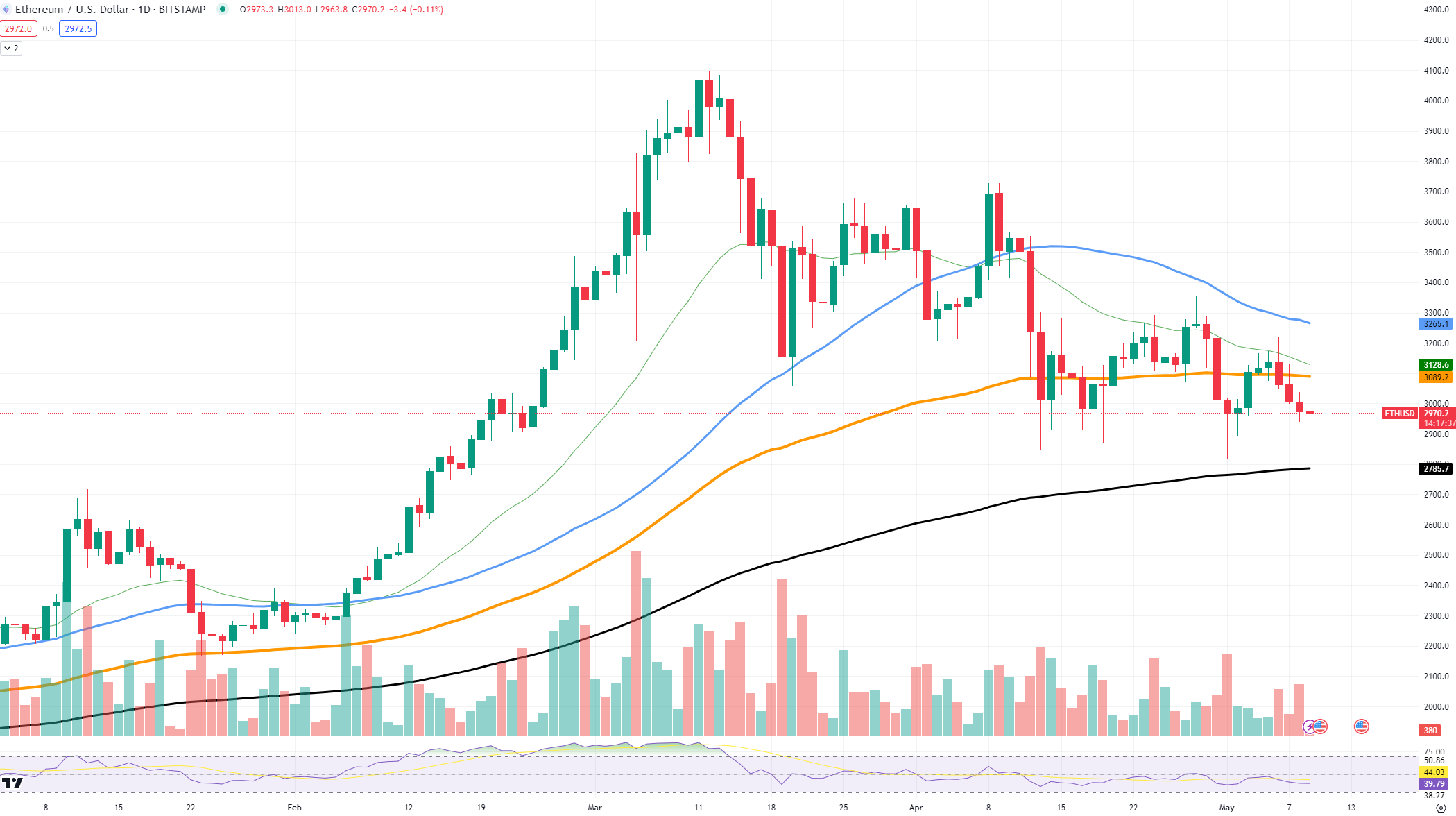
Disclaimer: The opinions expressed by our writers are their own and do not represent the views of U.Today. The financial and market information provided on U.Today is intended for informational purposes only. U.Today is not liable for any financial losses incurred while trading cryptocurrencies. Conduct your own research by contacting financial experts before making any investment decisions. We believe that all content is accurate as of the date of publication, but certain offers mentioned may no longer be available.
Thanks to insights from Vitalik Buterin and contributions from experts like Ansgar Dietrichs, Barnabe Monnot and Davide Crapis, we are getting familiar with the concept of "multidimensional gas." Traditionally, Ethereum has used a unit called "gas" to measure and price the computational efforts required for transactions and operations. This includes calculations like adding and multiplying, managing data storage, bandwidth and even complex processes like generating cryptographic proofs.
The recent proposal involves transitioning from a single-dimensional gas model to a multi-dimensional one, addressing the inefficiencies of treating different types of computational resources as equivalents. The current system, while simple, does not accurately reflect the varying demands different operations place on the network, which can lead to either over or under-utilization of resources.

Buterin uses a straightforward diagram to explain that while the gas limit might suggest a block can safely handle a certain amount of computation and data, the reality of what is safe can be quite different. This misalignment could potentially allow for blocks that are either too safe and under-utilized or too risky and overloaded.
With the introduction of multi-dimensional gas on Ethereum via EIP-4844, the network can now process different types of demands more efficiently. This change has already started to show benefits. Blobs, for example, will allow these rollups to operate much more cheaply, increasing transaction volume threefold without significantly raising block size, thus maintaining network safety.
The update also anticipates future enhancements, such as better support for "stateless clients" — a new type of Ethereum client that does not need to store a complete copy of the blockchain. These clients rely heavily on proof systems, and the current shift toward multidimensional gas could facilitate a smoother implementation of these systems by allowing the network to handle proofs more efficiently without compromising on security or inflating costs for users.
This multi-dimensional approach allows Ethereum to fine-tune how it manages different resources, potentially increasing throughput without risking safety. It marks a sophisticated step forward in blockchain technology, promising to make Ethereum more scalable, efficient and ready for future demands.






 Godfrey Benjamin
Godfrey Benjamin

